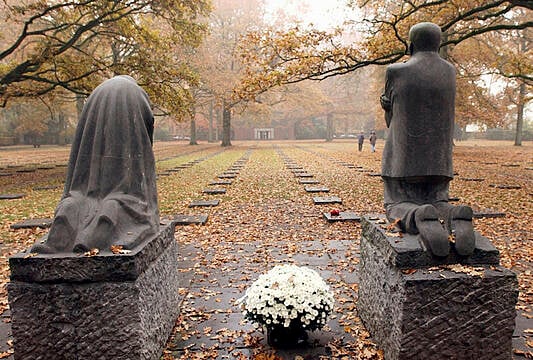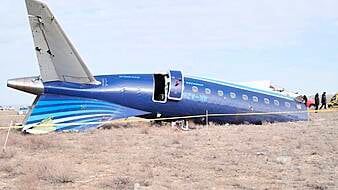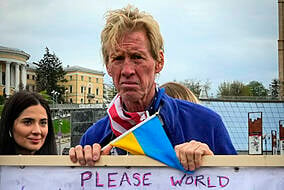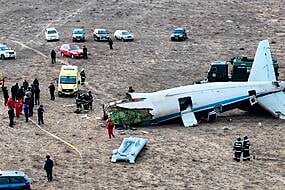Unesco has added First World War funerary and memorial locations across the Western Front to its prestigious World Heritage registry, expanding its list of landmarks of monumental importance.
The World Heritage Committee announced the decision on Wednesday during its meeting in Riyadh, Saudi Arabia.
The list includes sites the panel has deemed “of outstanding value to humanity”, according to the agency, and deserving of ”special protection” — including funding and international protection in times of war under the Geneva Convention.

The newly added sites stretch from Belgium’s north to eastern France, battle zones where the Allied forces clashed with the German army from 1914 to 1918. The array of sanctuaries ranges from expansive necropolises bearing multitudes of soldiers from different nationalities to humbler graveyards and individual monuments.
The list previously included 1,157 sites notable for their extraordinary natural wonders or distinctive human contributions.
From the archaeological remnants of Turkey’s Gordion to the well-preserved Jewish heritage sites in Germany, this year’s additions are aimed at encouraging reflection and admiration for world culture, according to Unesco.
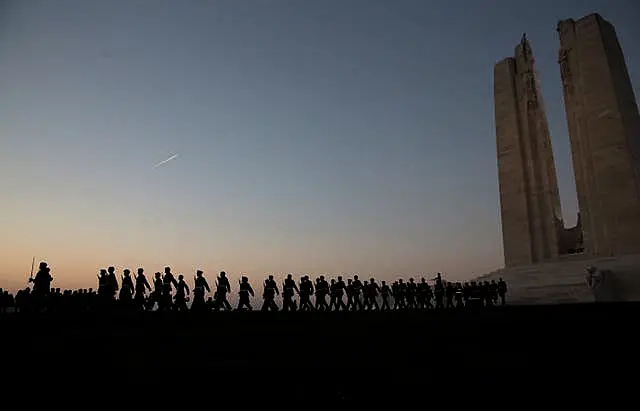
In a statement released on Wednesday, France’s defence ministry hailed the decision as a recognition of the “exceptional universal value” these sites hold, marking a meaningful counter to the “inhumanity of war”.
Belgium and France have been campaigning to include these sites in Unesco’s registry since the early 2010s. Sites are nominated to and designated by the UN cultural agency’s World Heritage Convention.
The incorporation of the First World War memorial grounds into the World Heritage List is meant to be a testimony to the legacy of the fallen soldiers, according to Unesco.
